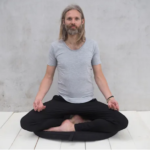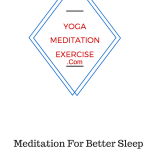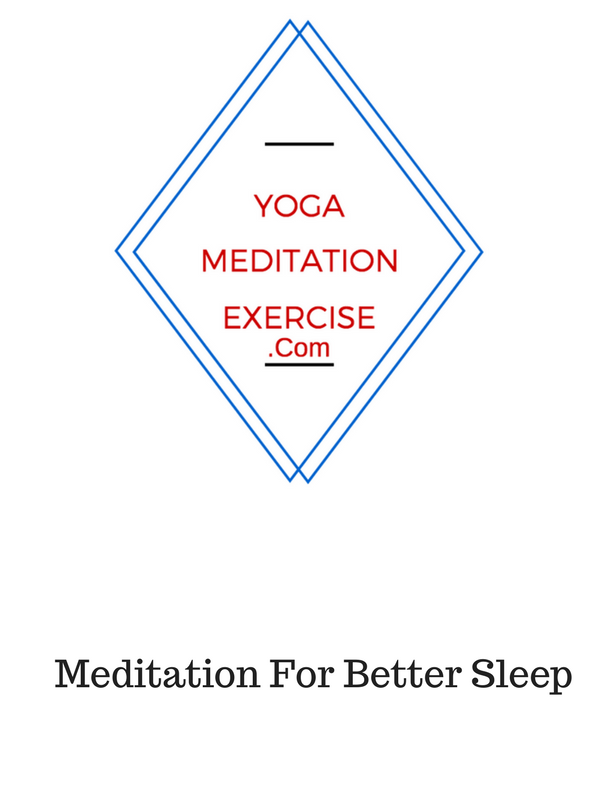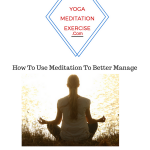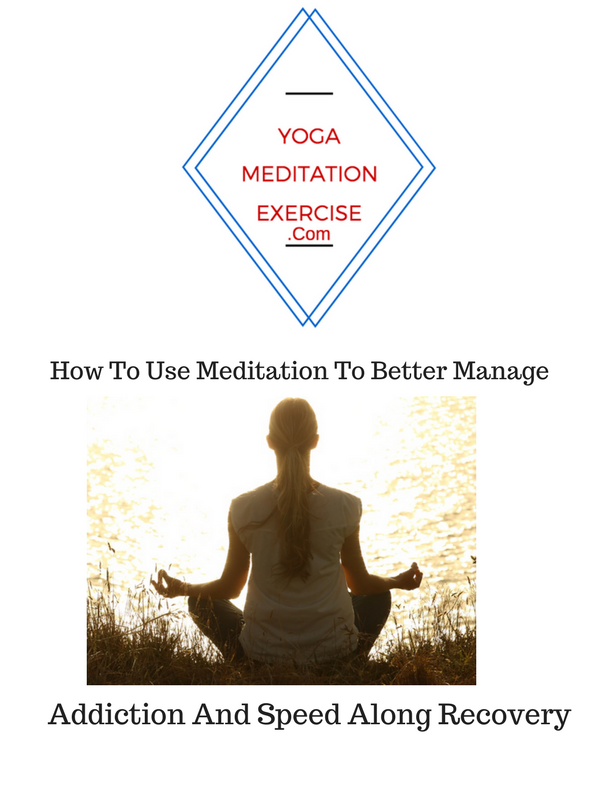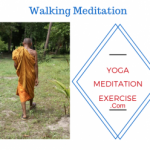Did you know that around 500 million people meditate on a regular basis? The main reasons for their practice are to quiet the mind and feel focused for a period of time. Other reasons include improving sleep, deal with addictions, also for strengthening the immune system and its ability to deal with inflammation.
Maybe you are not sure why you have tried meditation numerous times and you still haven’t been able to include it in your daily life, giving its well-documented benefits.
Here are 5 reasons why you are not meditating and some ideas what you can do about it.
1.You don’t have a strong enough reason to do it
Being human resolves around avoiding pain and gaining pleasure. The idea of delayed gratifications doesn’t seem too appealing to most people. Meditation gets better with time and sticking with it for the first few weeks needs a robust reason. Is getting a better quality of sleep a good enough reason for you, or maybe you want to be more focused on your work and improve your profits. Maybe you are finding it hard dealing with stress and turning to addictive substances is getting out of hand. Maybe you have a health challenge and no matter what else you are doing you are still not improving. Give yourself strong reason and start meditating.
2.You are doing it all on your own
Have you heard of guided meditation? It is one of the simplest ways to get started and you get to train your brain to remain still for a certain period of time. This is an incredibly easy way to stick with meditation for the first few weeks. You are meditating daily with the help of sound and voice to guide you through it. You can choose a guided meditation that will help you specifically with your challenges. Choose a guided meditation that puts you at ease and it’s effortless to listen to the human voice and the music. You will most certainly be looking forward to it daily.
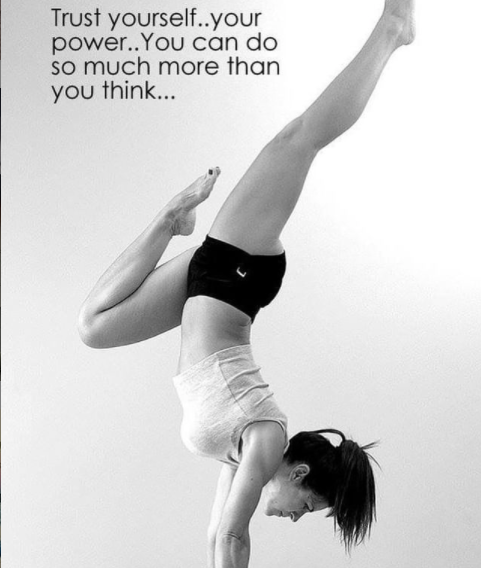
3.Meditation doesn’t have any obvious physical effects
You are not meditating because there are not any appearance benefits from it. When someone starts going to the gym and follows a program, the benefits become visible within weeks. With meditation, though it’s more unlikely that you will a recognition about your physique. Nevertheless, the people closest to you might start noticing things about you. You may become more focused and they may notice that you deal with stress and challenges easier. You might also start looking better because you are sleeping better and have discovered your inner sense of calm. You will be a more self-aware person. Improving your micro-climate is a powerful way to improve your life starting with improving yourself.
4.You belive that you don’t have the time
This is probably the most common reason people tell themselves when they don’t want to do something, including meditation. If you really what to do something you will find the time, if not you will be prioritising other activities. nevertheless, if you feel you don’t have the time why don’t you start with 10-15 minutes of guided meditation daily. Some people find that meditating before going to bed or doing it first thing in the morning is the easiest way to integrate it into your daily life. Give yourself 3-4 weeks to get into the habit and see the improvements for yourself.
5. Meditation is not important to you
Ultimately if you are not doing something is because it’s not important to you. How about you pay attention to where you spend your time in the next 2 days. I am sure that a good amount of time will be spent on checking your e-mail, online shopping, checking social media, watching Netflix, daydreaming. Yes, downtime is important for everyone and you can easily take 10-15 minutes out of to meditate. You will be surprised how you will feel.
If you are interested in a guided meditation and want to enjoy some relaxing visuals and calming sounds click here for our 5 Star Meditation.



